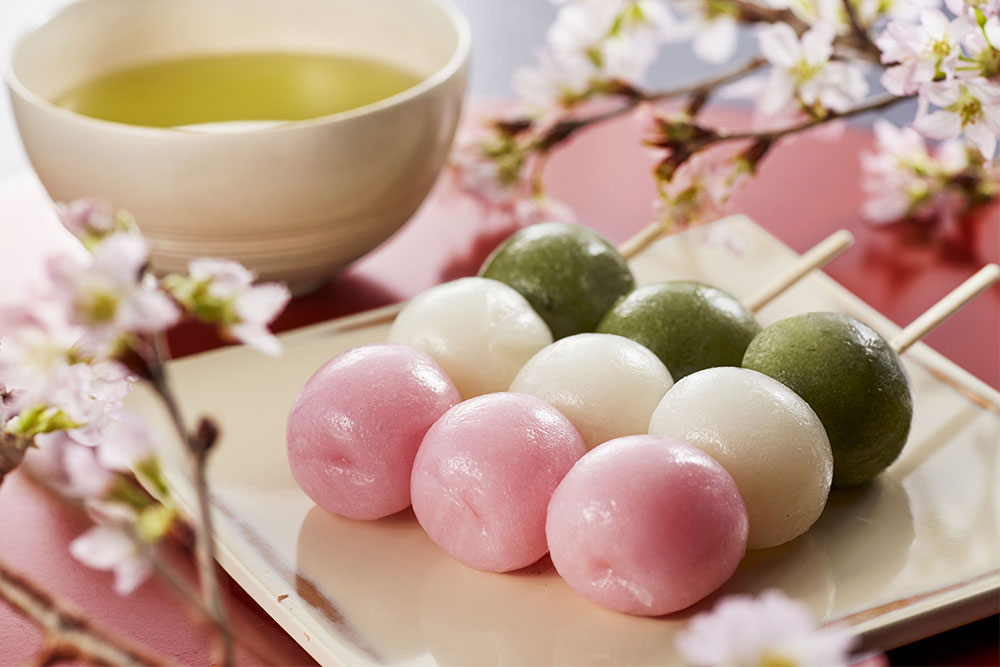Some items are made from special products from the area, others still are made from ingredients completely irrelevant to the region. Disregarding the “Wa (Japanese-style)” and “Yo (Western-style)”, there are lots of places that sell sweets.
Commitment to “sweetness” can be seen as a measure of the cultural awareness of that country.
Well… at least Japanese people love sweets. They line up for extreme amounts of time outside stores, even making reservations for months down the line. This may be a fun opportunity, so try it out if you find something that looks intriguing. It may be a golden opportunity for your Instagram!
Transition of the sweets boom in Japan
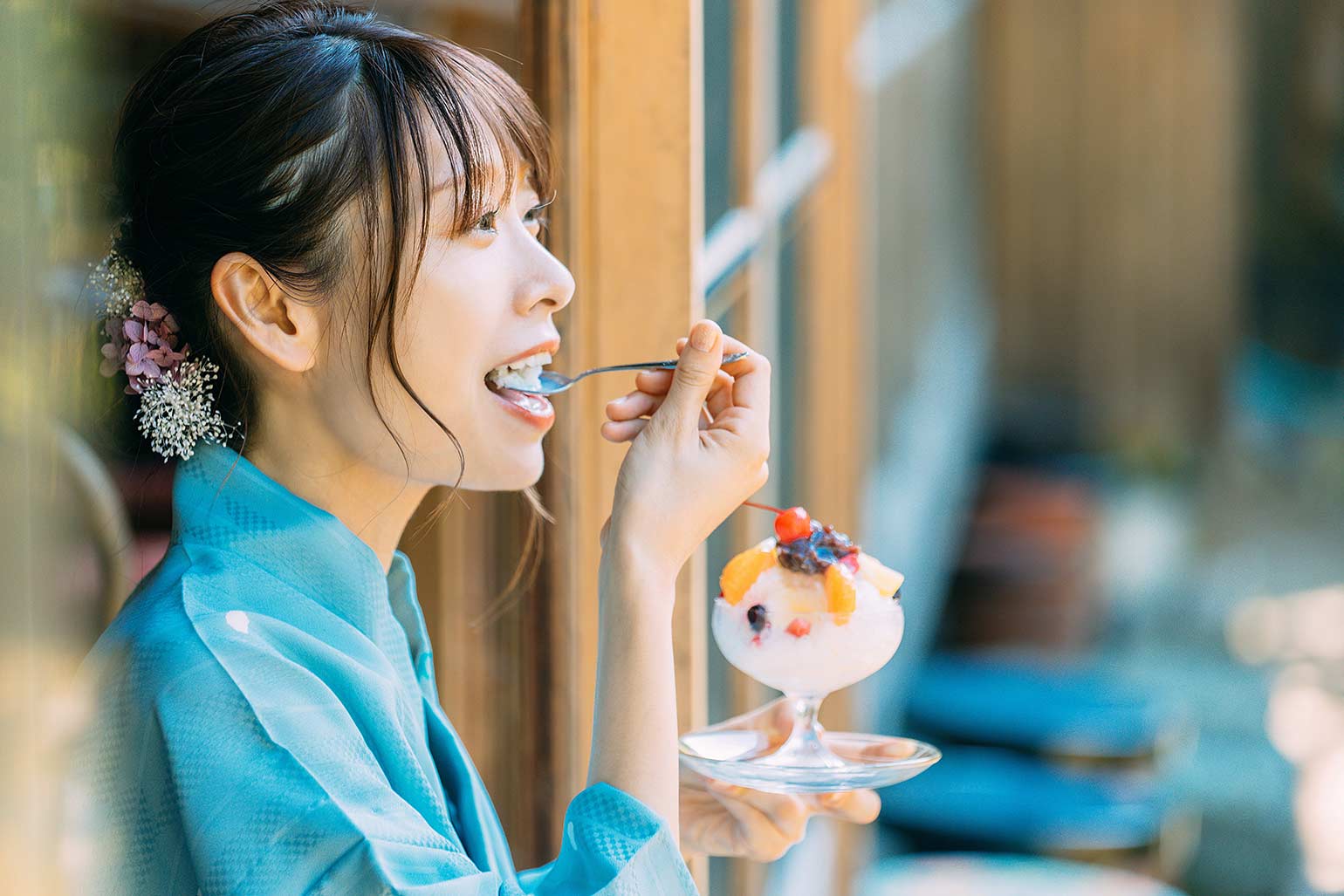
After the economic boom period at the end of the 20th century, a great number of various food cultures from abroad entered Japan, more than ever before. Of course, a variety of sweets were brought in one after another. Some of them brought about a social phenomenon. However, such booms usually don’t last long. Much of them was eclipsed by another boom that followed. On the other hand, there were also many sweets that succeeded in maintaining a certain level of popularity and subsequently became a staple. Furthermore, some have evolved uniquely in Japan as a result of being too firmly established here. Well, we can say that most Japanese people still love new / unusual ones as much as ever.
With that as a preface, we would like to introduce the “Transition of the sweets boom in Japan” in the following.
Late 1970s:
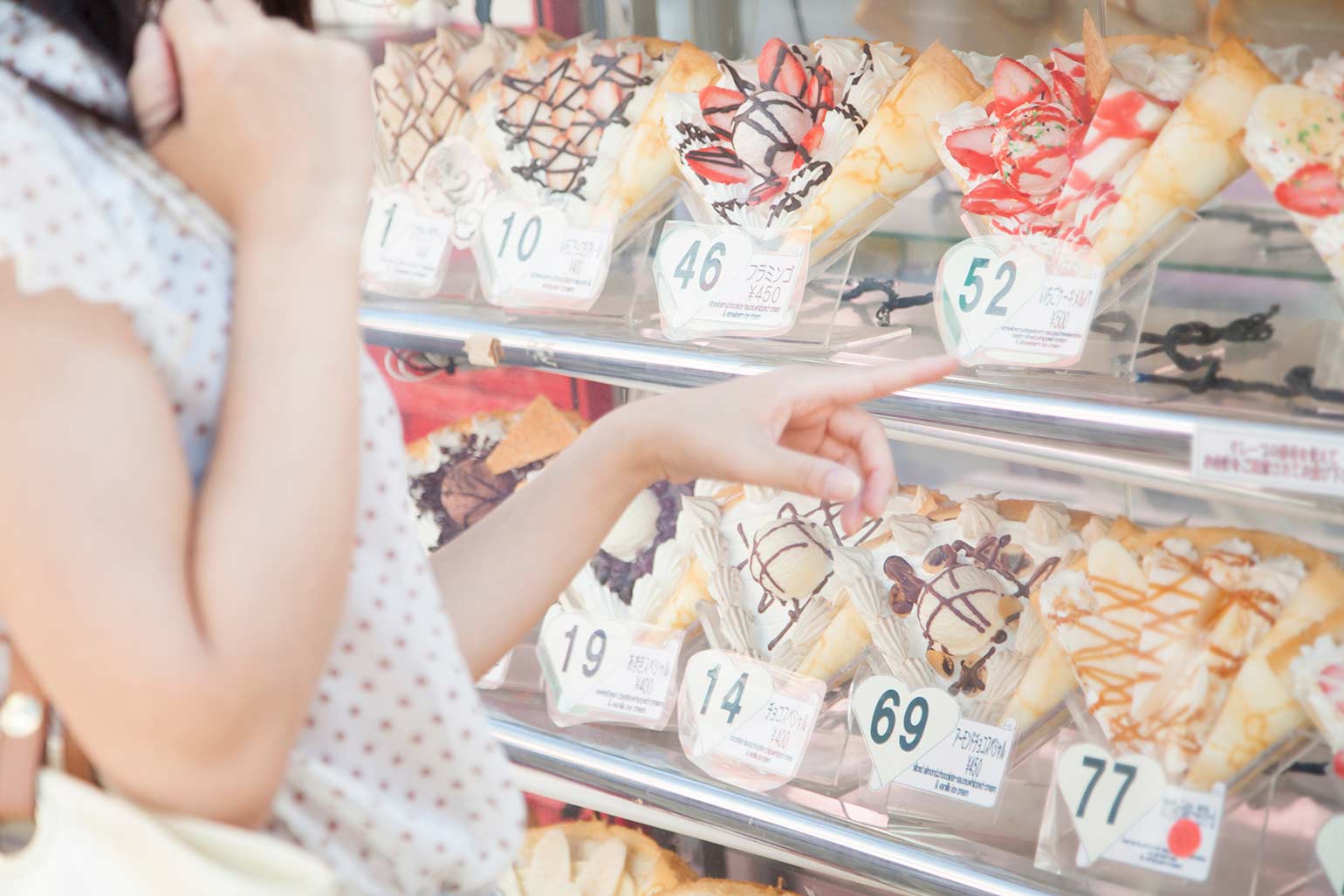

・Crepes
Crepes became very popular in 1977 when “Marion Crepes” opened a street store on Takeshita-dori in Harajuku, Tokyo. At the time, the Harajuku/Takeshita-dori area was popular as a center of youth culture, which was a major factor. This crepe boom was probably the first sweets boom in Japan.
Early 1990s:
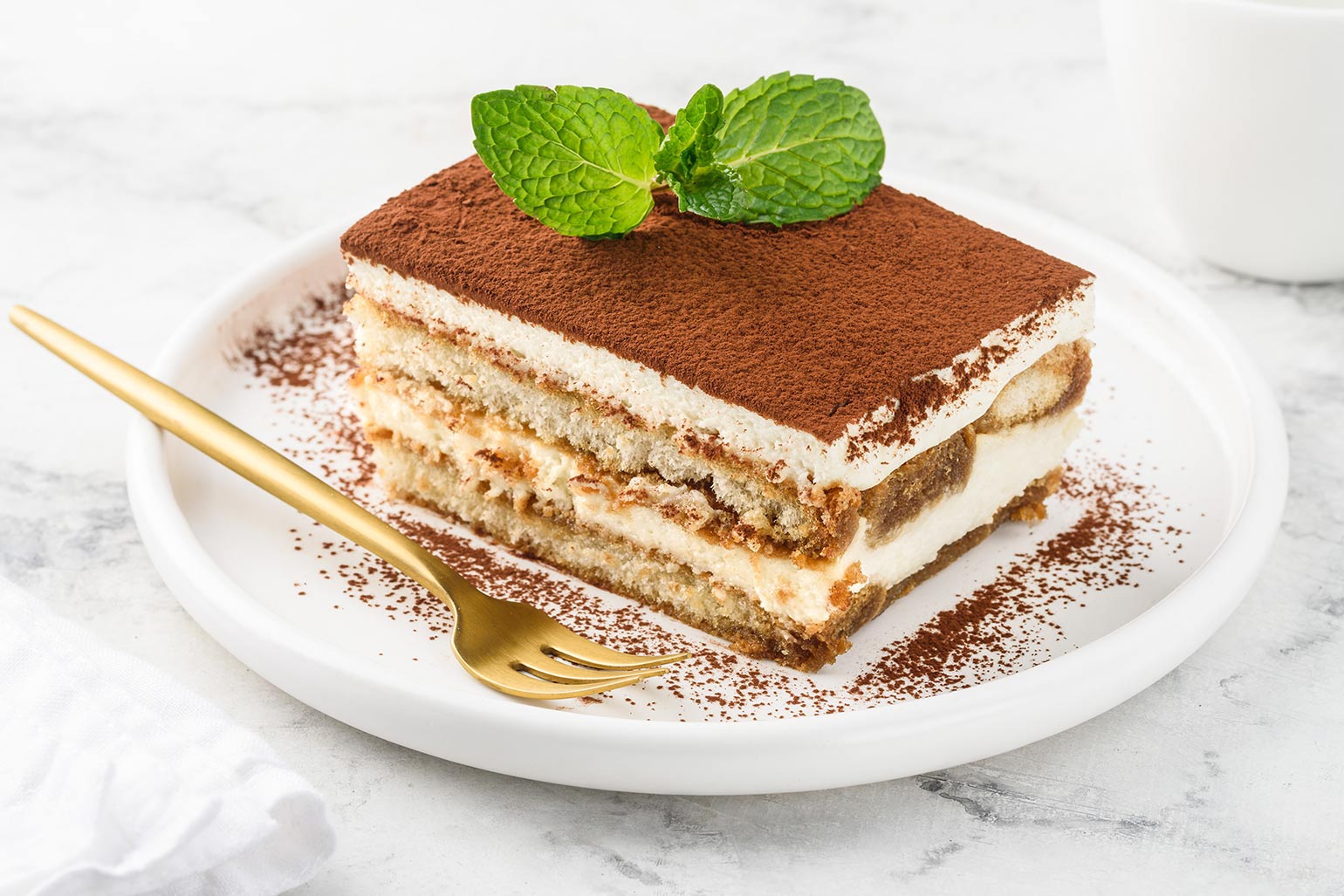
・Tiramisu
At the end of the 1980s, Italian cuisine became very popular in Japan. One of the Italian desserts, “tiramisu” had become extremely popular. Without the unprecedented breakthrough of “tiramisu”, it is unlikely that many other sweets would have been introduced to Japan in the years that followed.
→ Even after this boom passed, “tiramisu” remained one of the most popular cakes in Japan. Today, it has completely evolved into a uniquely Japanese arrangement / evolution.
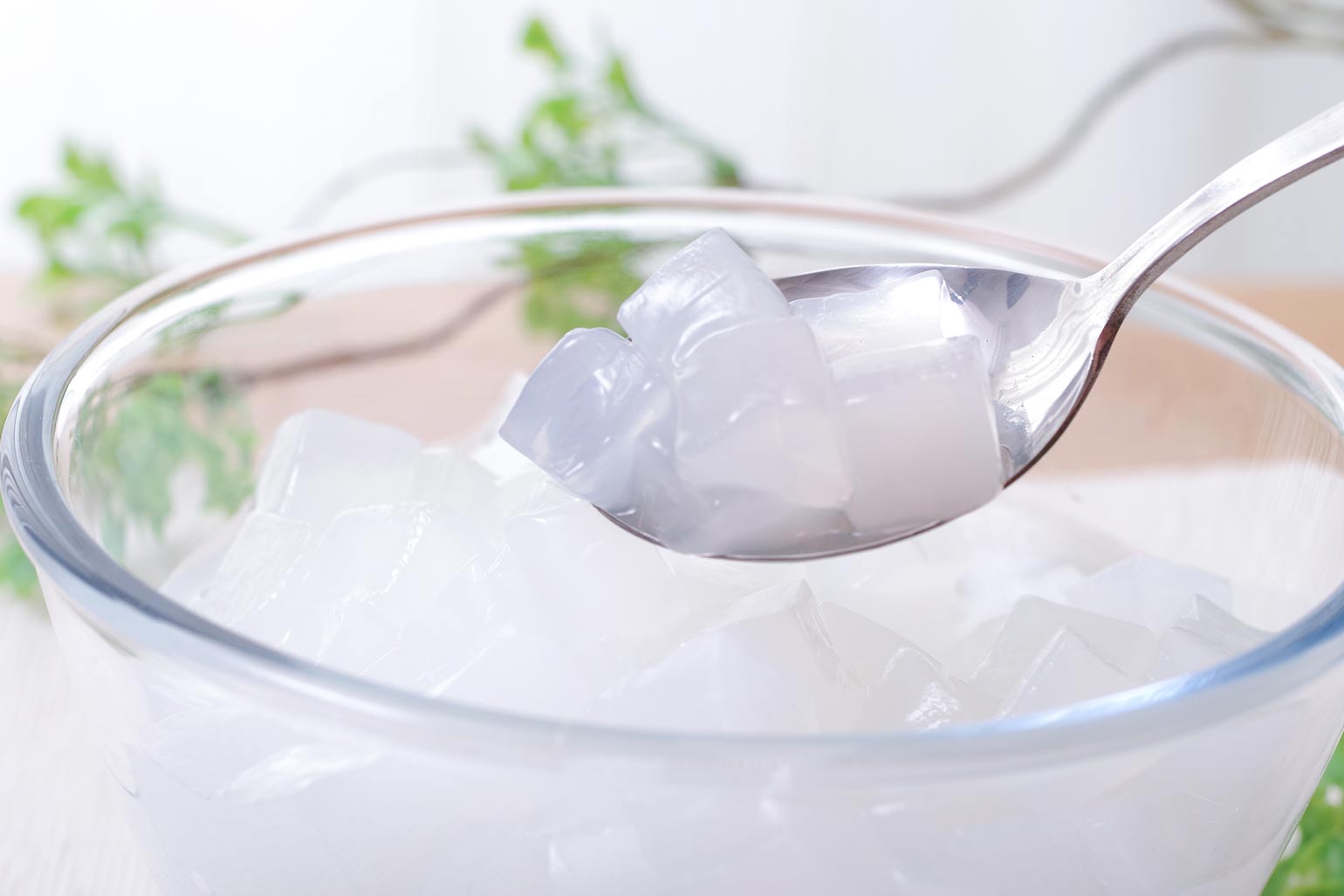
・Nata de coco
Nata de coco is kind of coconut gel dessert. It became popular for its unique texture. It looked very similar to Japanese “kanten agar”, but the texture was very brandnew. Nata de coco was probably versatile in many ways, as it can be used as one of the ingredients in other sweets, such as fruit punch and jelly. Even after the boom, it has remained a standard ingredient now.
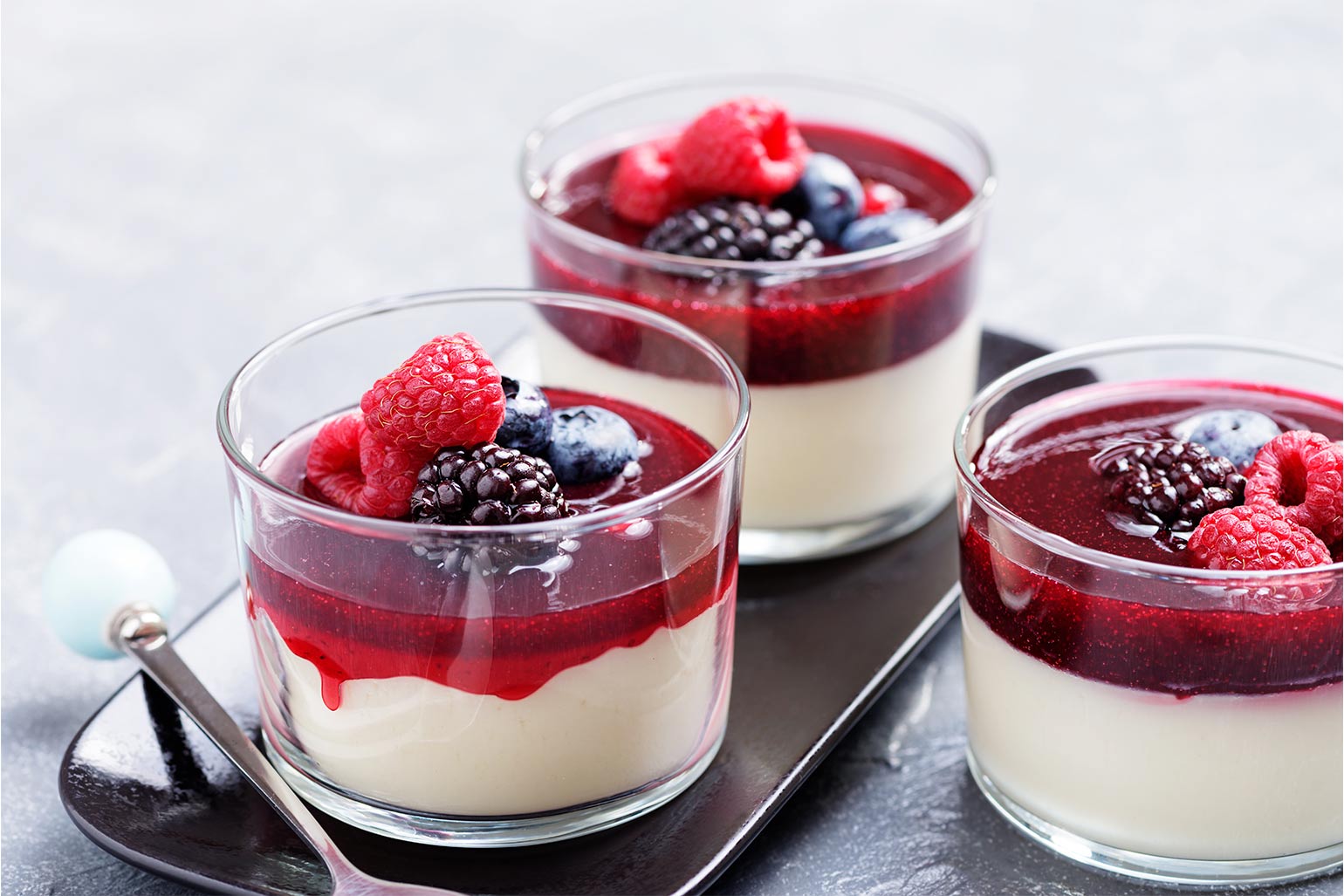
・Panna cotta
It is one of the sweets of Italian cuisine, just like “tiramisu”. It seems to have attracted attention for its different flavor and texture from the puddings and bavarois that had become established as desserts prior to that time.
→ Unlike “tiramisu,” it did not become a regular sweets after its boom. The appearance of sweets with similar textures, such as “blancmange”, “apricot pudding”, or “fresh pudding” has made them less common since then.
2000s:
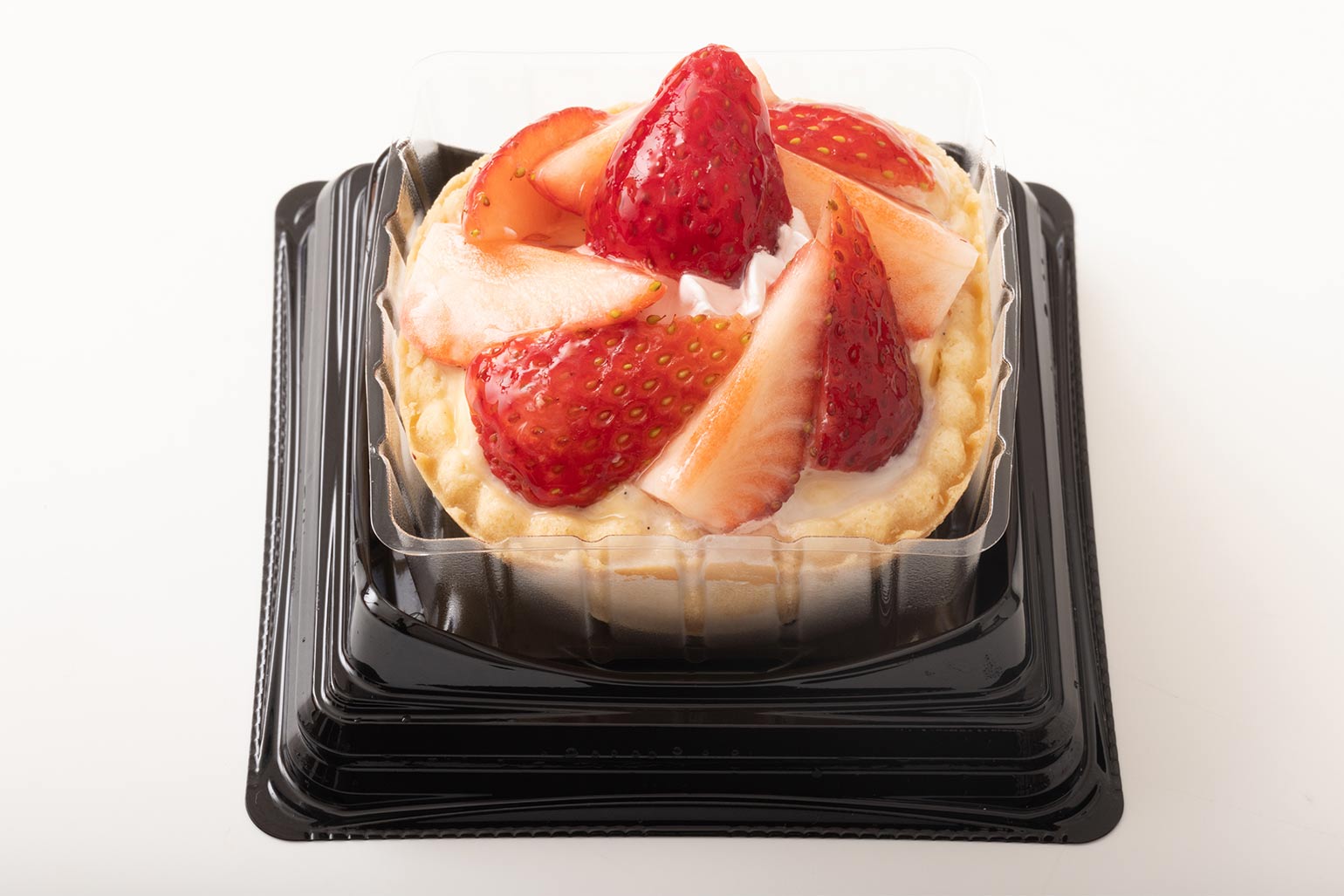
Although not as big as the “tiramisu”, “nata de coco”, or “panna cotta” boom, a great many sweets became popular in the 2000s. It was a time of great diversity in sweets, with convenience store desserts becoming commonplace and a boom in pastry stores.
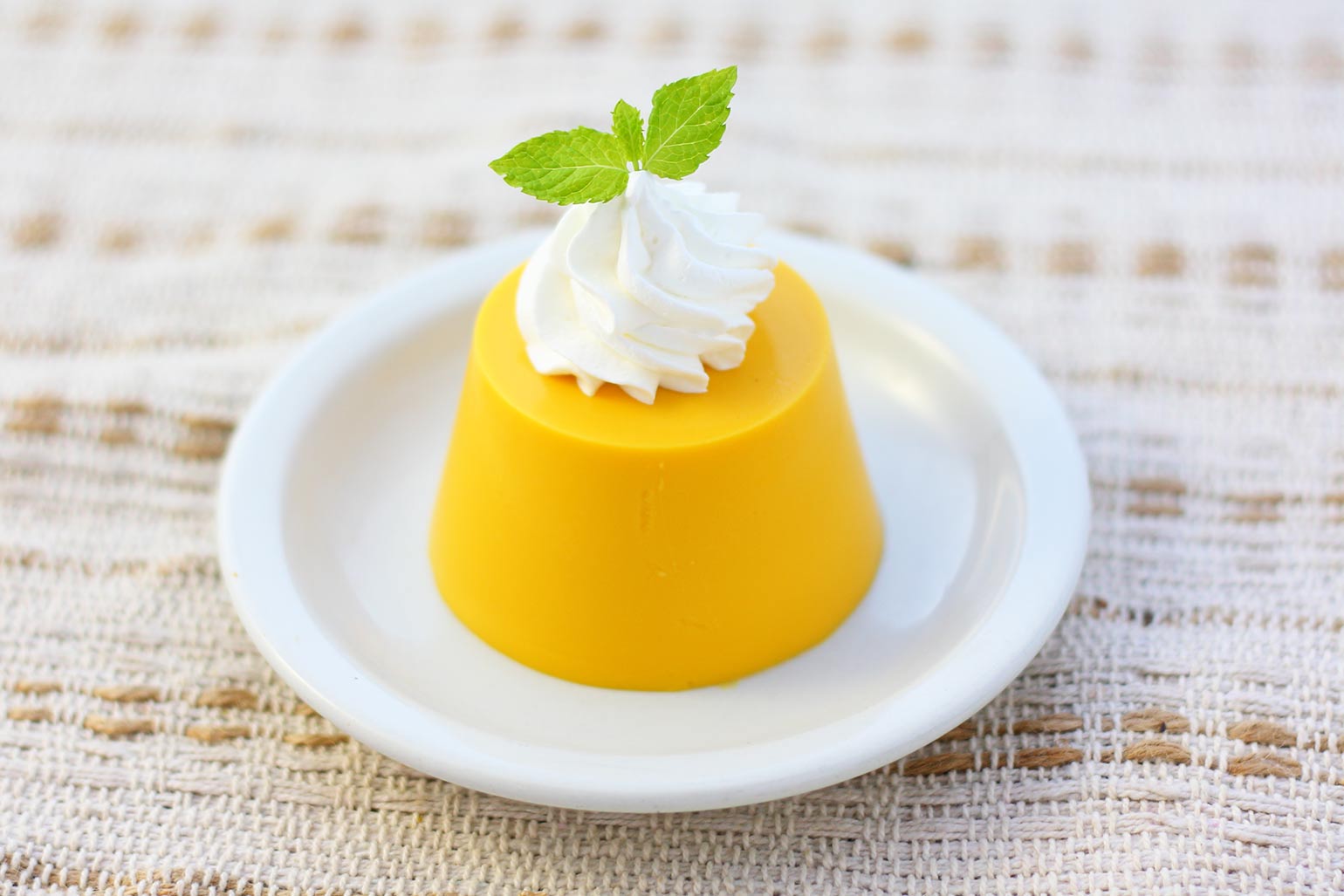
・Mango pudding
It is a sweet brought from Hong Kong. Since then, various cuisines have been introduced from other Asian countries such as Korea and Taiwan, and sweets in particular have come to be called “Asian sweets”. The “apricot pudding” had also been the focus of renewed attention.
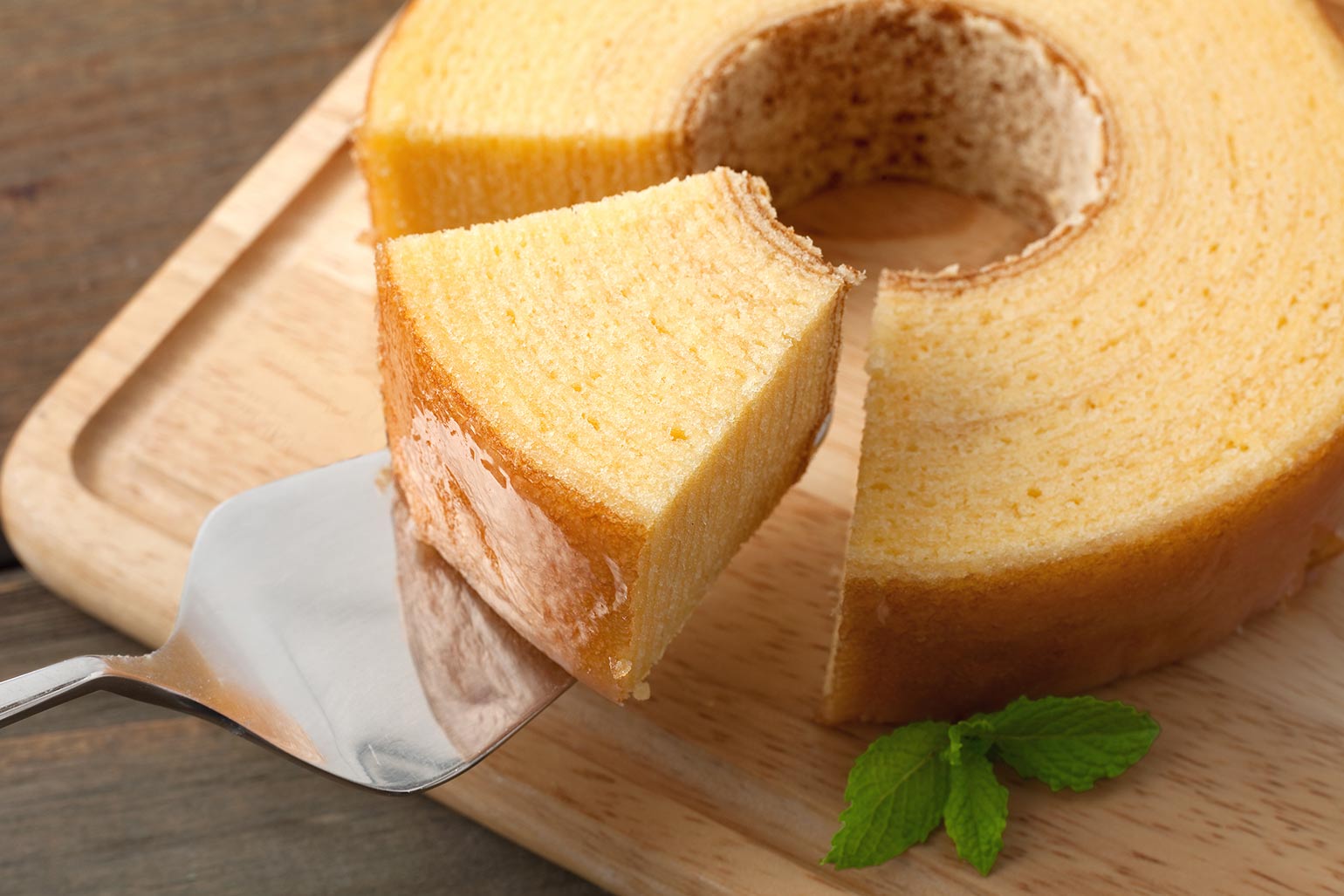
・Baumkuchen
It’s one of the traditional German sweets. Although it had been known as a gift until then, the appearance of specialty stores made it a big breakthrough. Nowadays, individually packaged, single-slice products have become a staple in supermarkets and convenience stores.
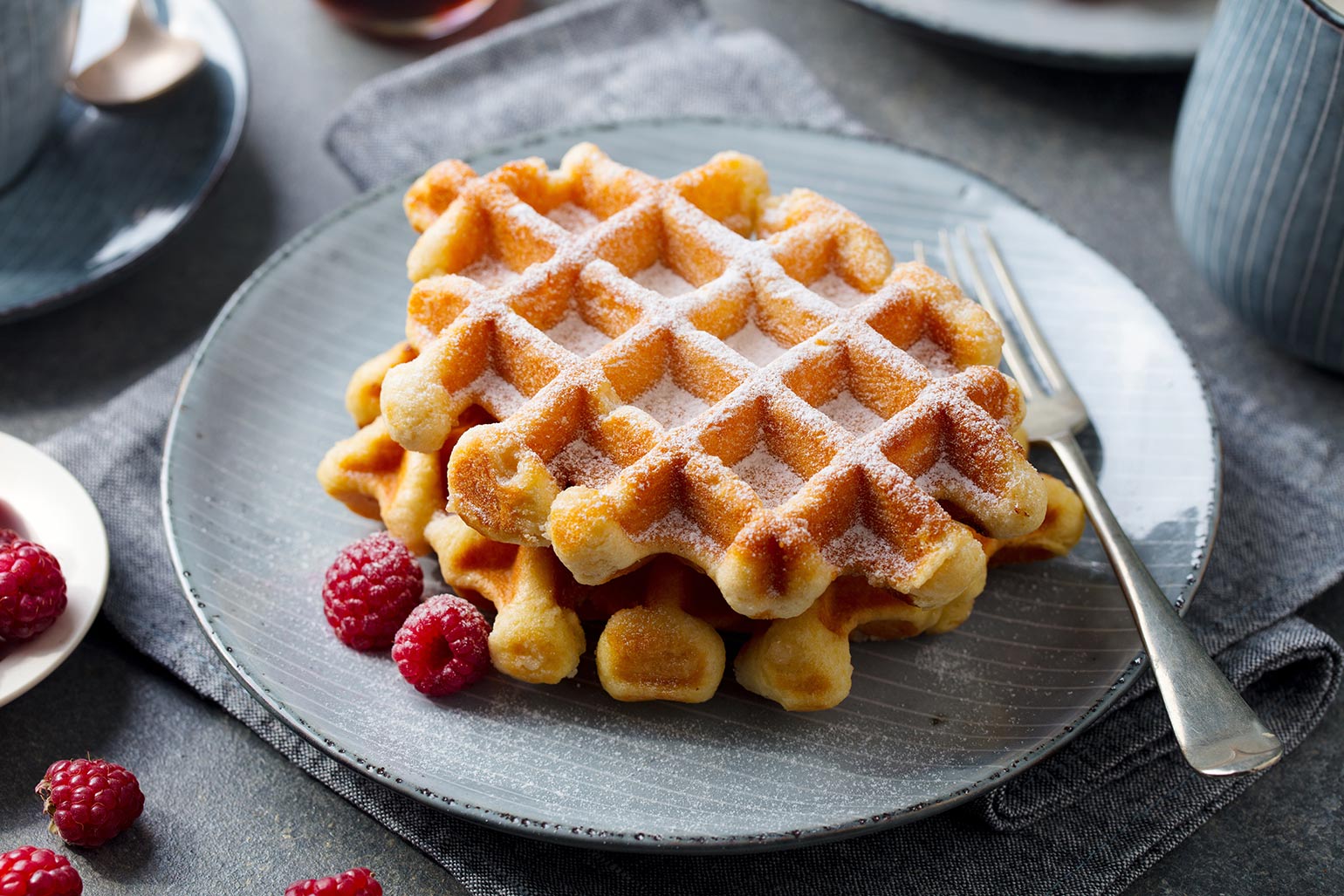
・Belgium waffle
Belgium waffles were actually introduced in the 1990s, but gained renewed attention in the 2000s as stand sellers and others gained popularity. Like the baumkuchen, it has become an everyday sweet.
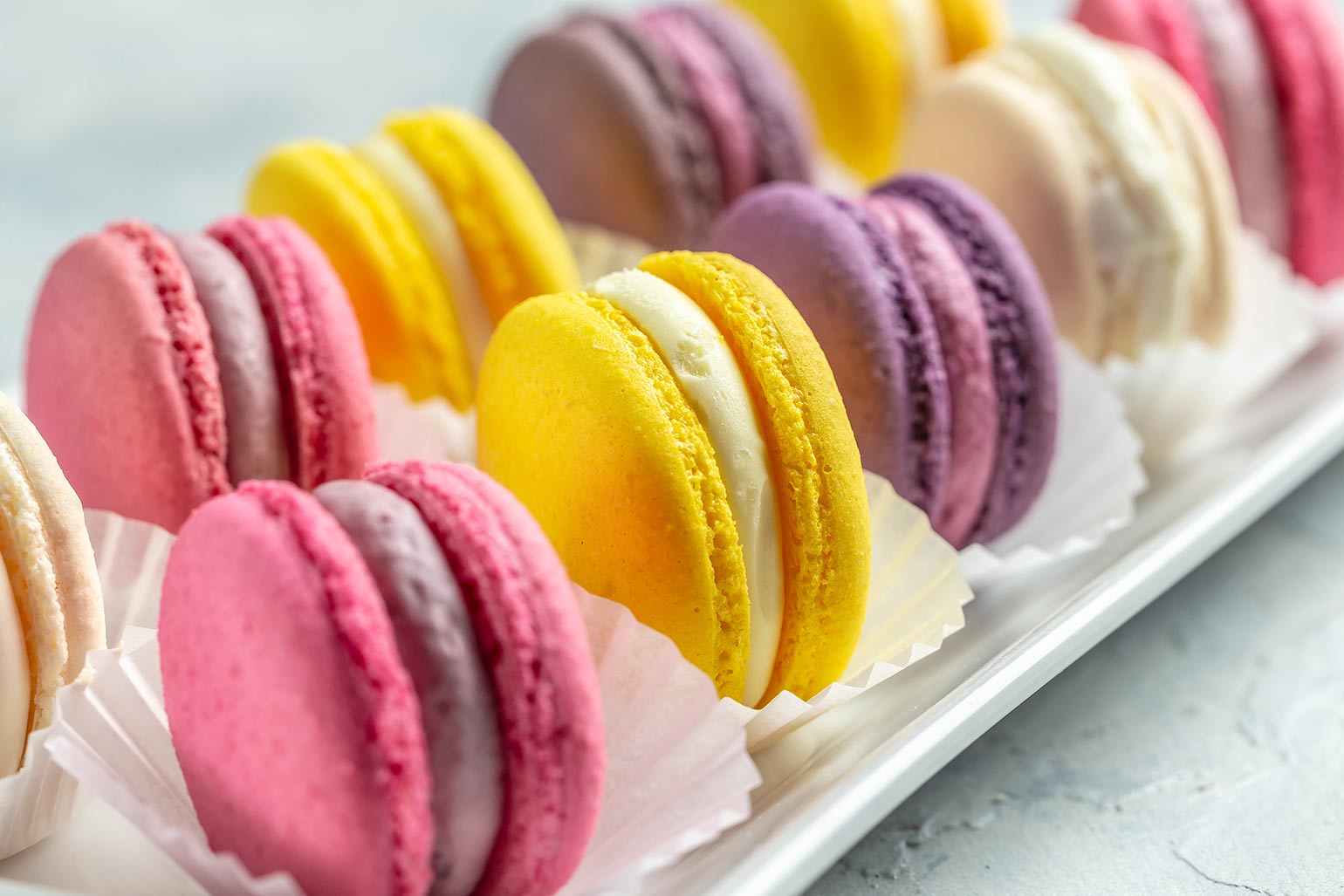
・Macaron
Among the popular sweets of the 2000s, macarons enjoyed a relatively large boom. The opening of Pierre Hermé’s store in Japan was a major catalyst for this boom. The cute appearance and variety of products. And the unique texture made them very popular. Later, many specialty pastry stores and the like appeared on the scene. Incidentally, it was very difficult to reproduce that texture in Japan, which has a hot and humid climate.
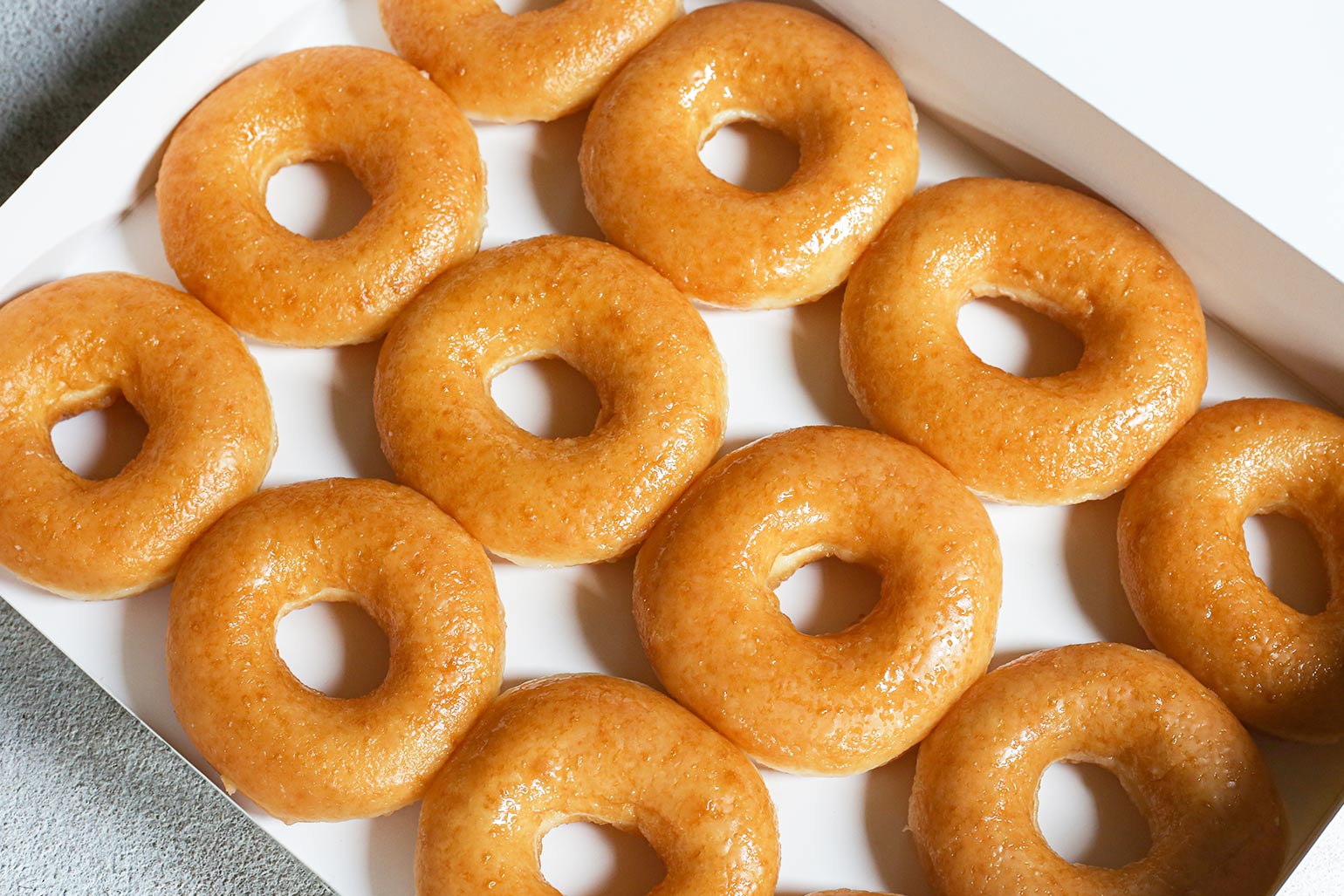
・Sweets with raw texture
Existing sweets that have been modified to have a smooth, soft, “just like raw” texture had become very popular. Raw doughnuts are typical of Krispy Kreme doughnuts. There are also raw caramel, raw pudding, raw chocolate, etc. This trend has now become common and has created a new preference among the Japanese regarding texture. In that sense, one might say that it was a boom of great significance.
Late 2010s:
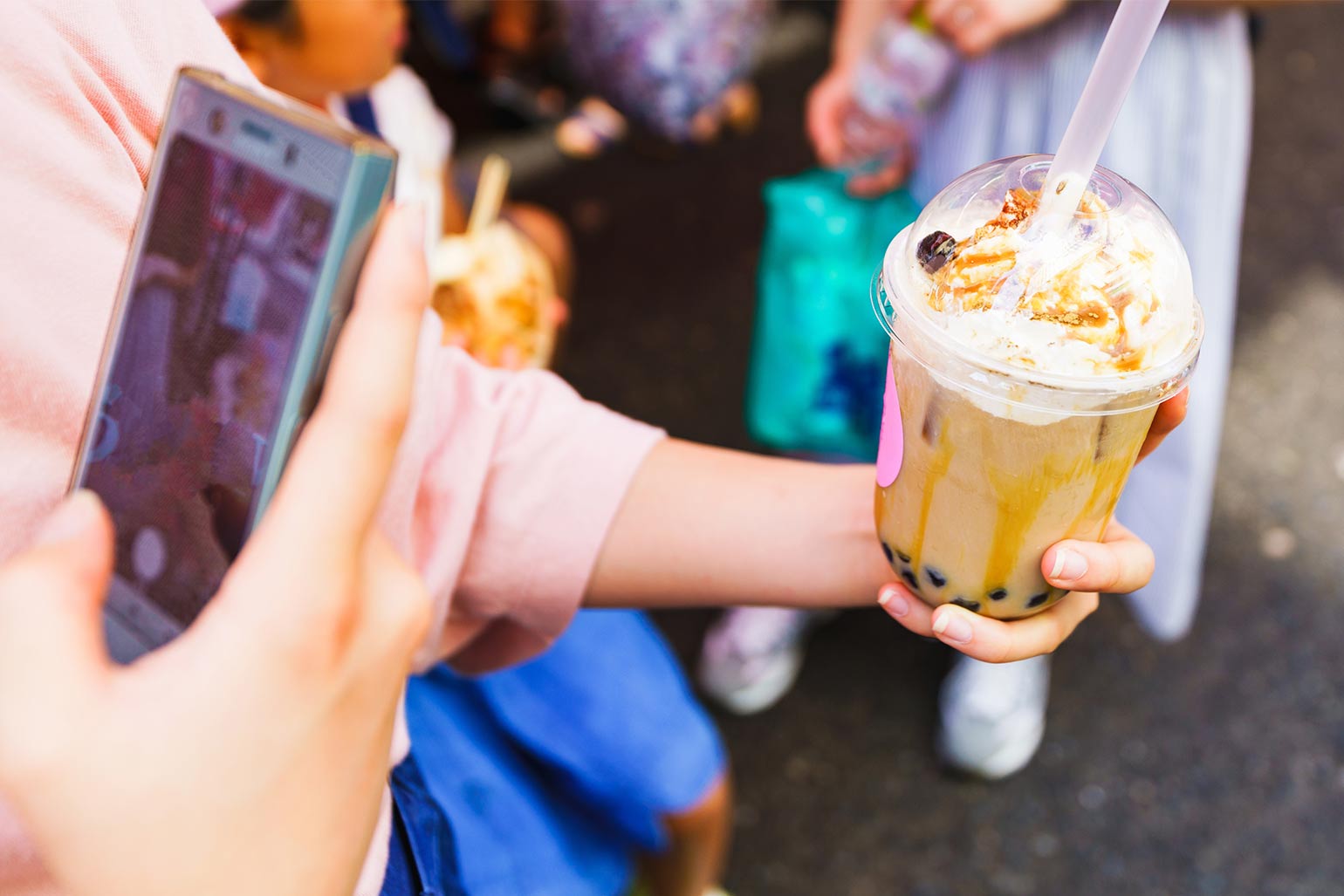
Sweets that are visually pleasing to social media reception had become increasingly popular. The younger generation, in particular, has come to demand that flamboyance and cuteness in the appearance of sweets. Many of them were not entirely new, but rather modifications of existing sweets to fit the style of the times. However, because of that, though they become explosively known, they seemed to be short-lived as booms.
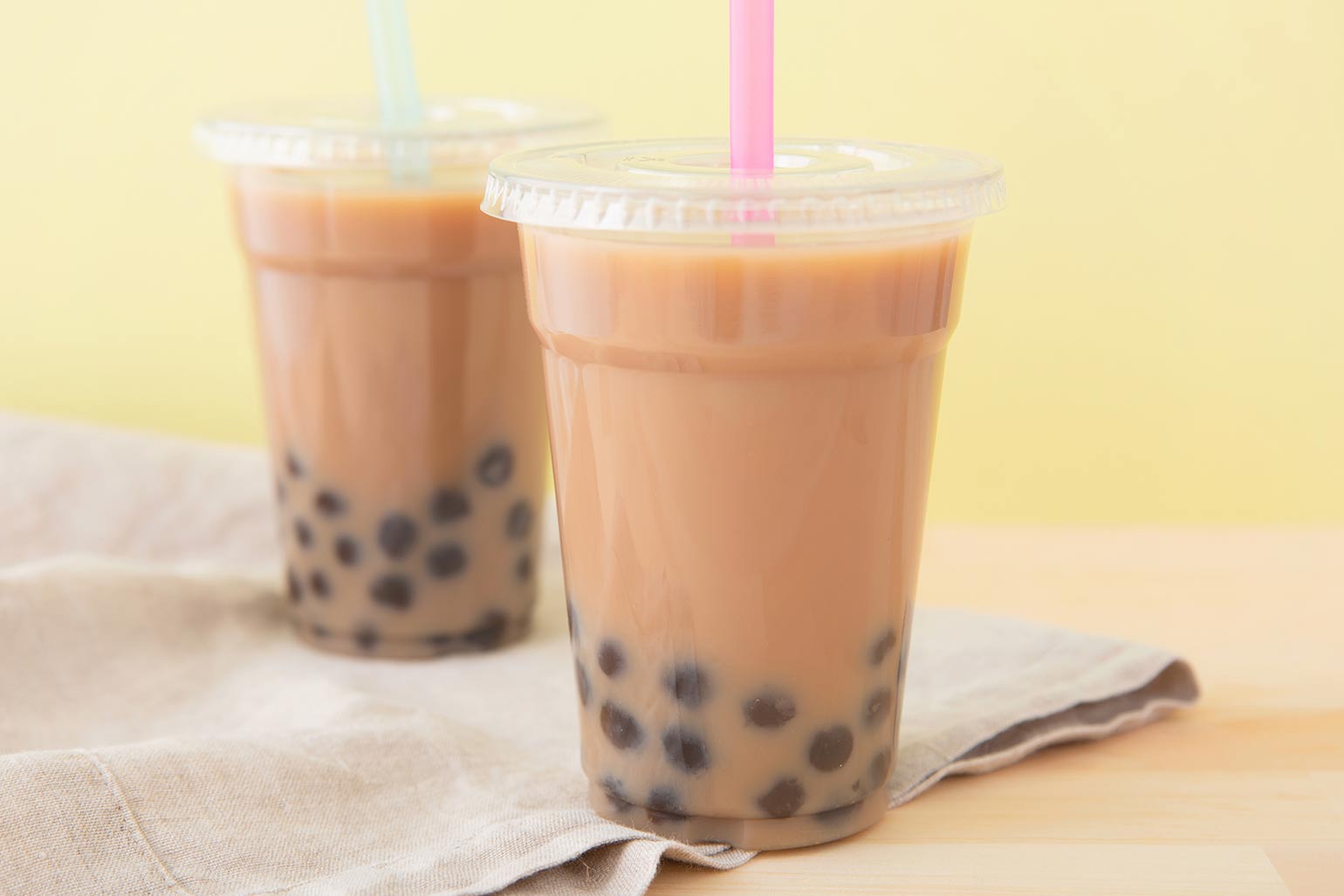
・Tapioca milk tea
Since the 1980s, there have been several “tapioca drink” booms in Japan. It had long been known as a dessert in Taiwanese and Hong Kong street stalls, or as a dessert in Chinese cuisine. However, the “tapioca milk tea” boom that emerged in the late 2010s was a far more explosive phenomenon than anything that had come before. All men and women, young and old, were quite enamored with the sweets. It has been a long time since there was a real boom in sweets, so much so that the buzzword “Tapi-ru (it means to drink tapioca milk tea)” was coined. The boom has subsided completely now, but at one time there were a great number of new specialty stores opening.
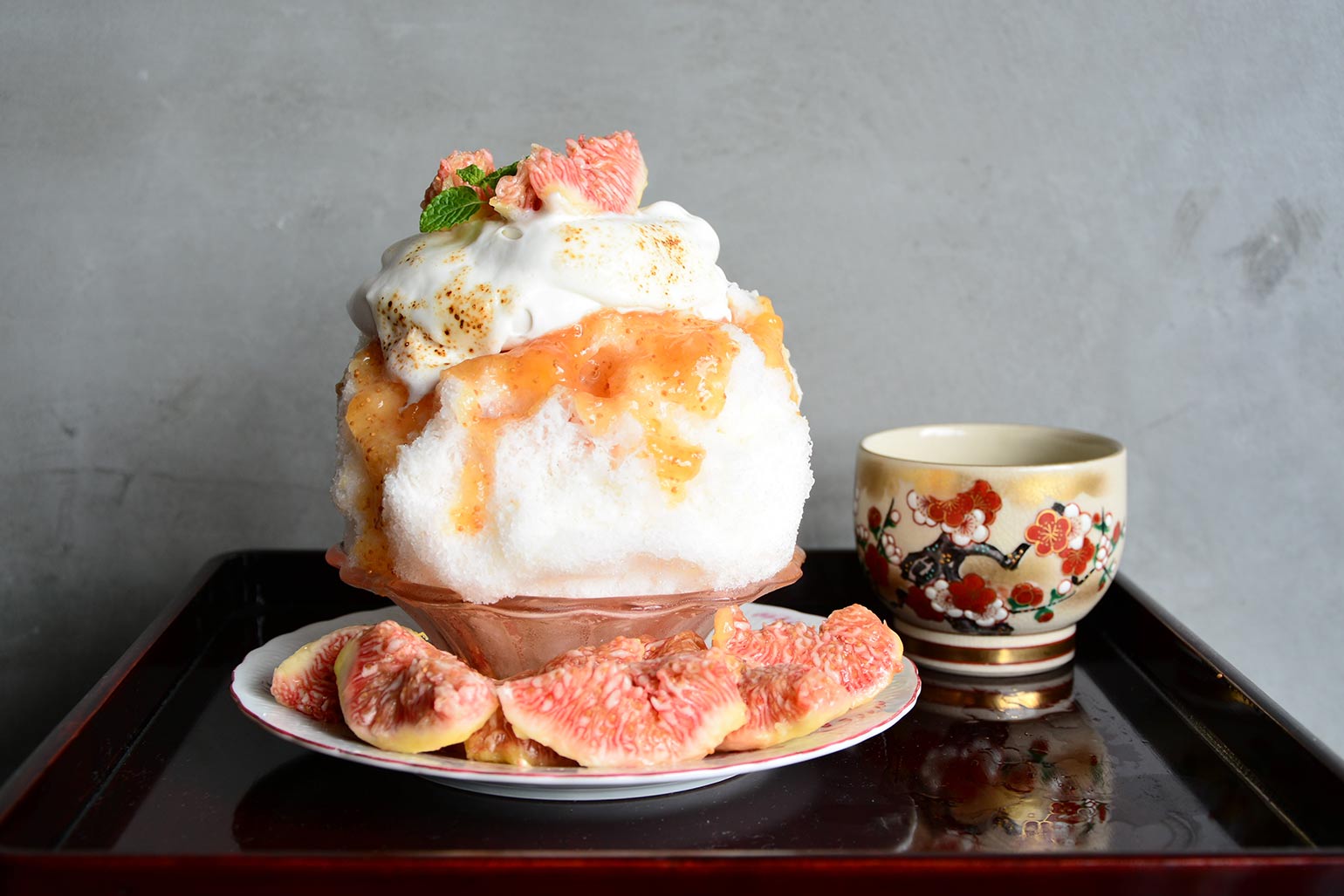
・Kaki-gori(Shaved ice)
This is another booming example of a sweets that is well received by social media. Not only does it looked great, but the flavor and texture had been considerably improved and upgraded from the previous ones. Today, many specialty stores have appeared, and their popularity seems to continue. It seems to be well received by visitors from overseas.
What kind of sweets will be talked about in the future? We are a little bit disappointed that so-called “Japanese sweets” such as anko (red bean paste) or mochi (rice cakes) have not become popular. “Strawberry Daifuku” has become a standard “Japanese sweet” in recent years, but it has not yet become a big hit to the extent that it is called a boom. To pick another example, matcha-flavored sweets had also become a standard, but had not yet become a boom. It is very interesting to experience a boom that can be called a kind of “social phenomenon,” isn’t it? Because it creates an atmosphere that is clearly different from the normal boom that was created. We hope to see another sweet that will cause such a true big boom in the market.



